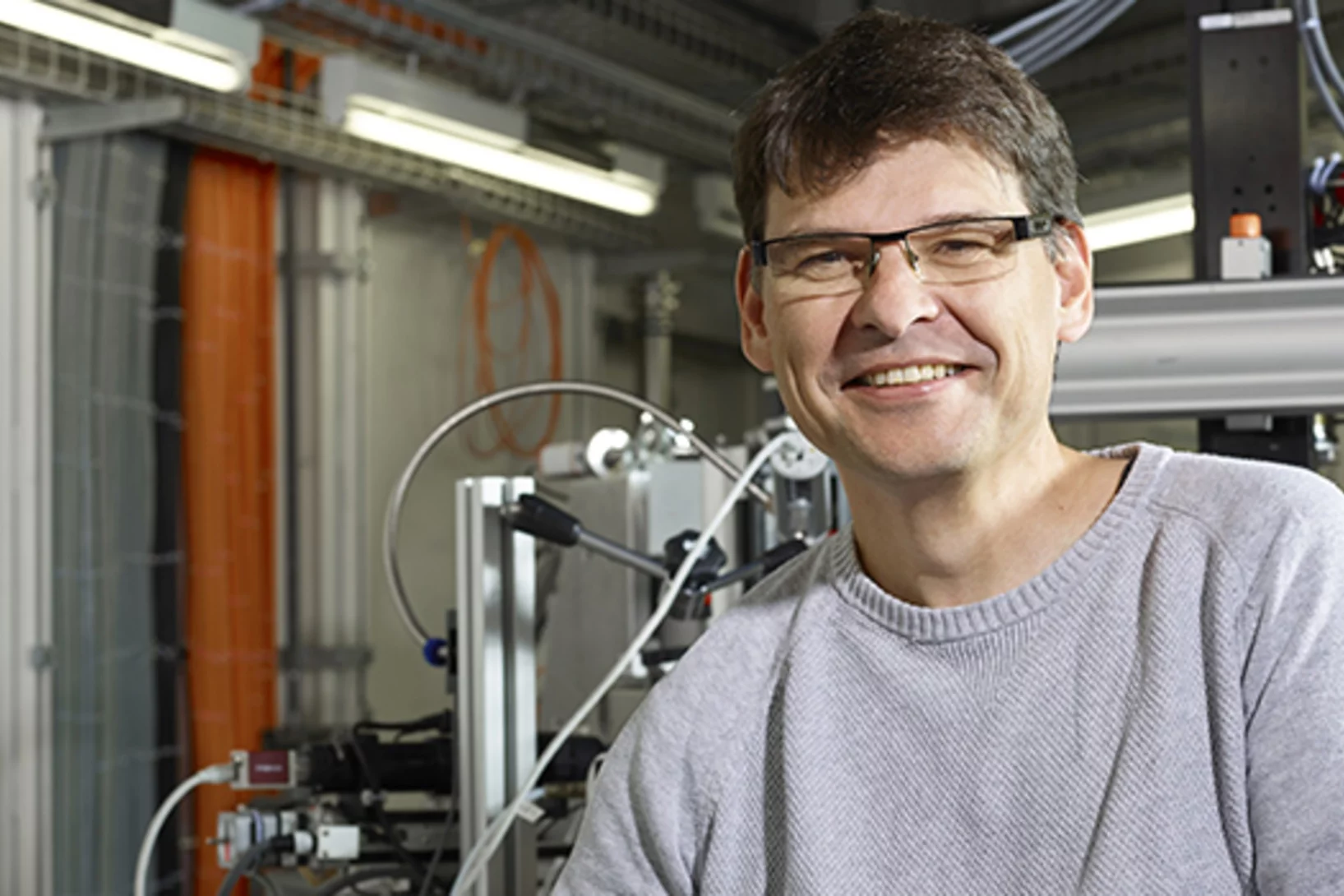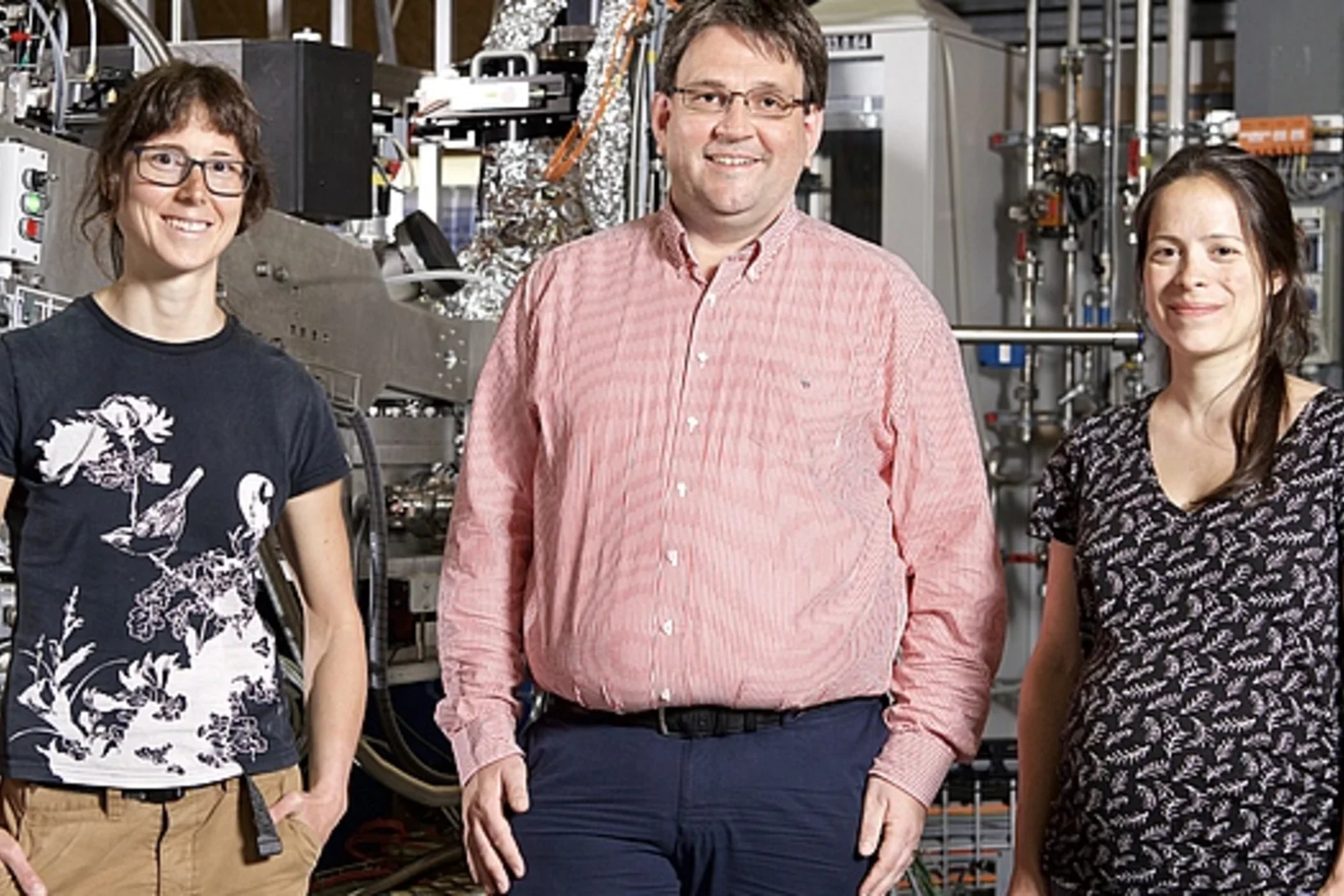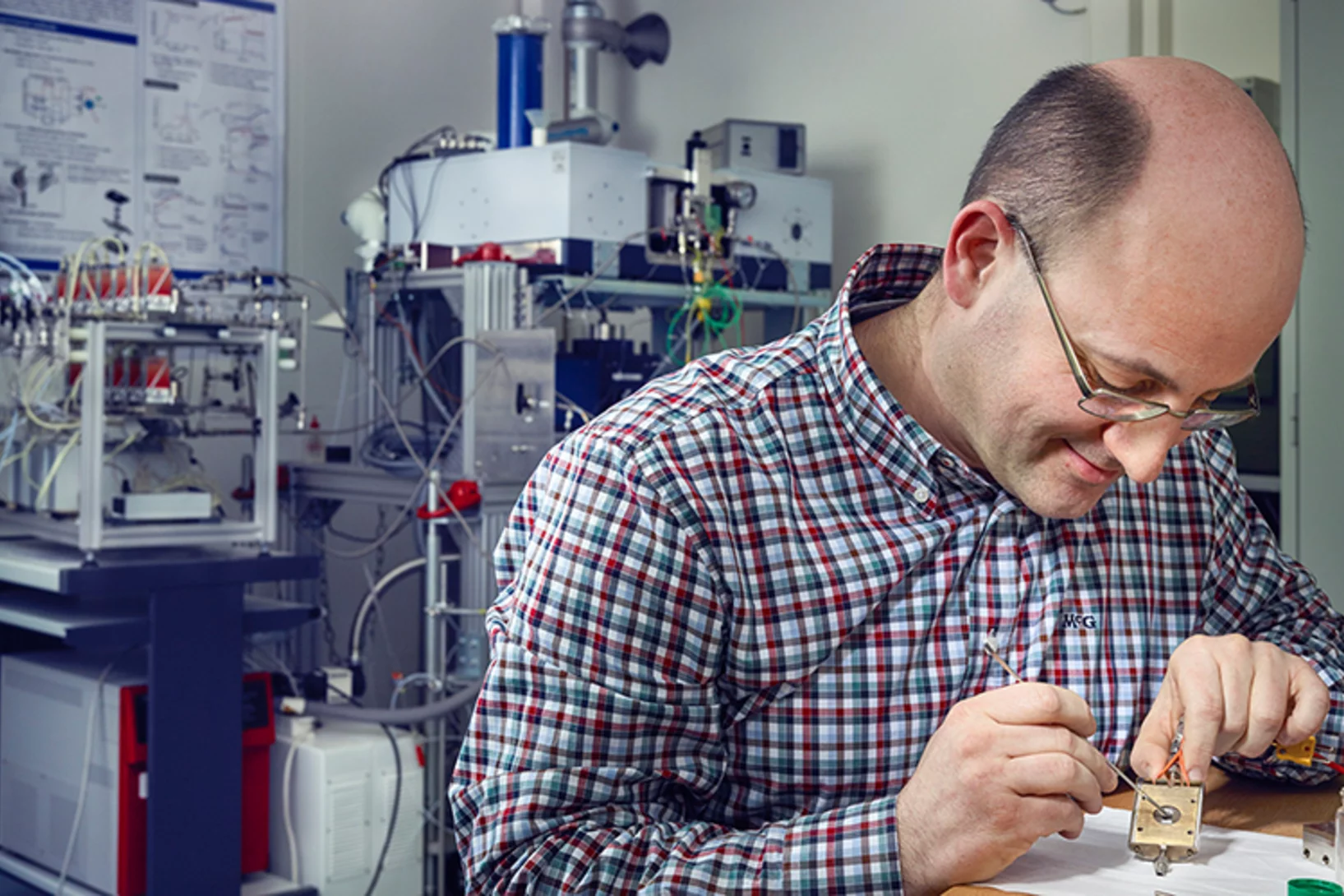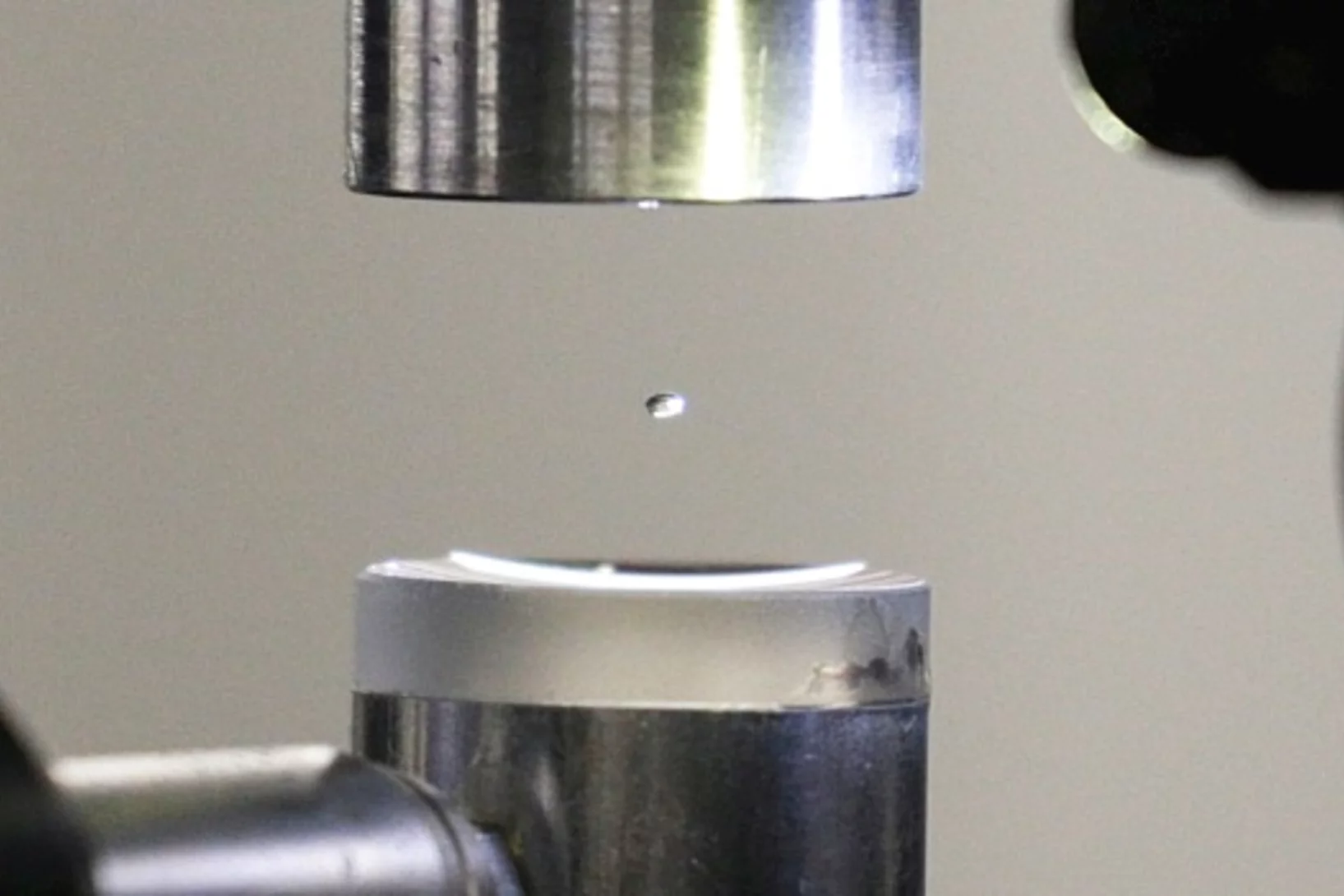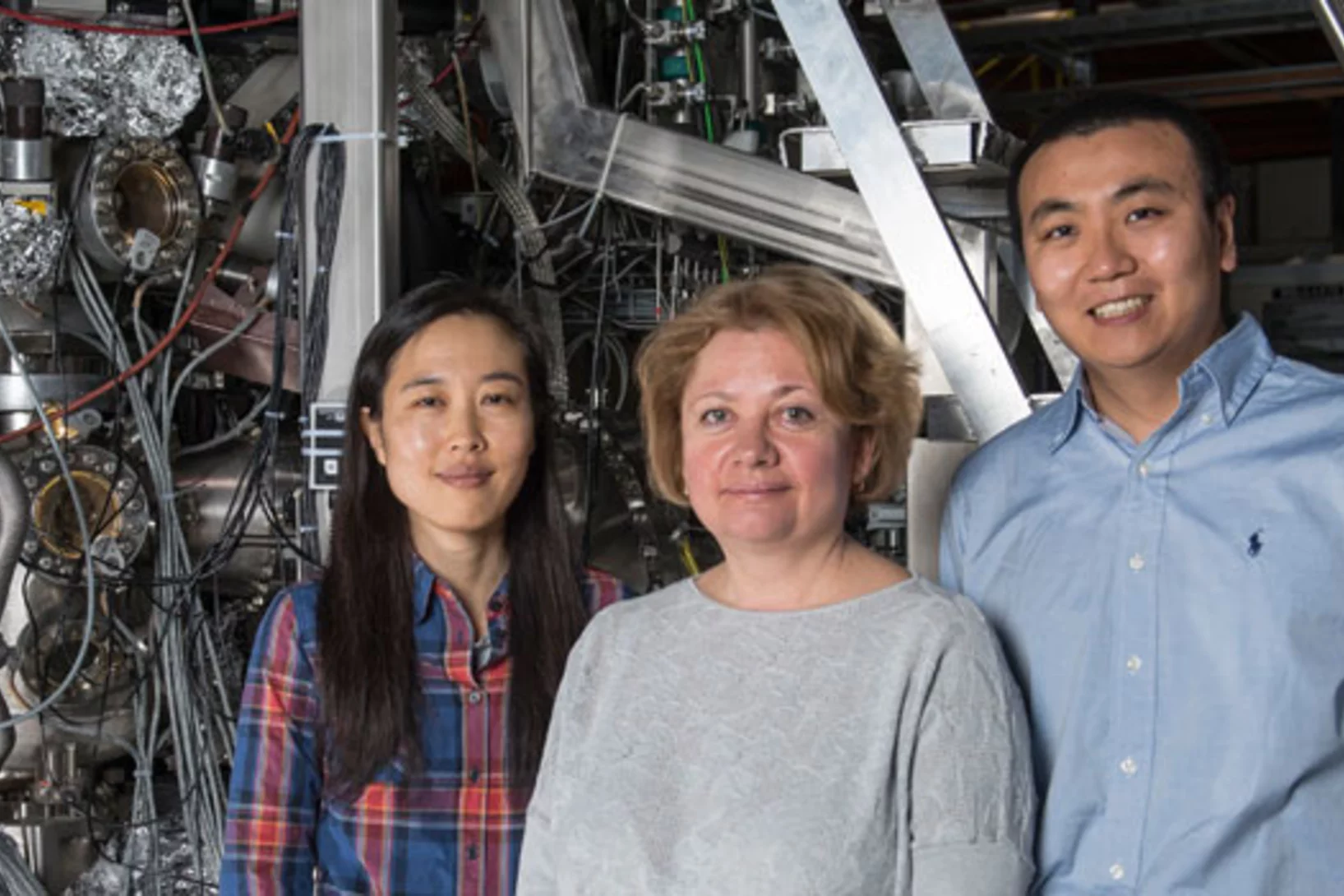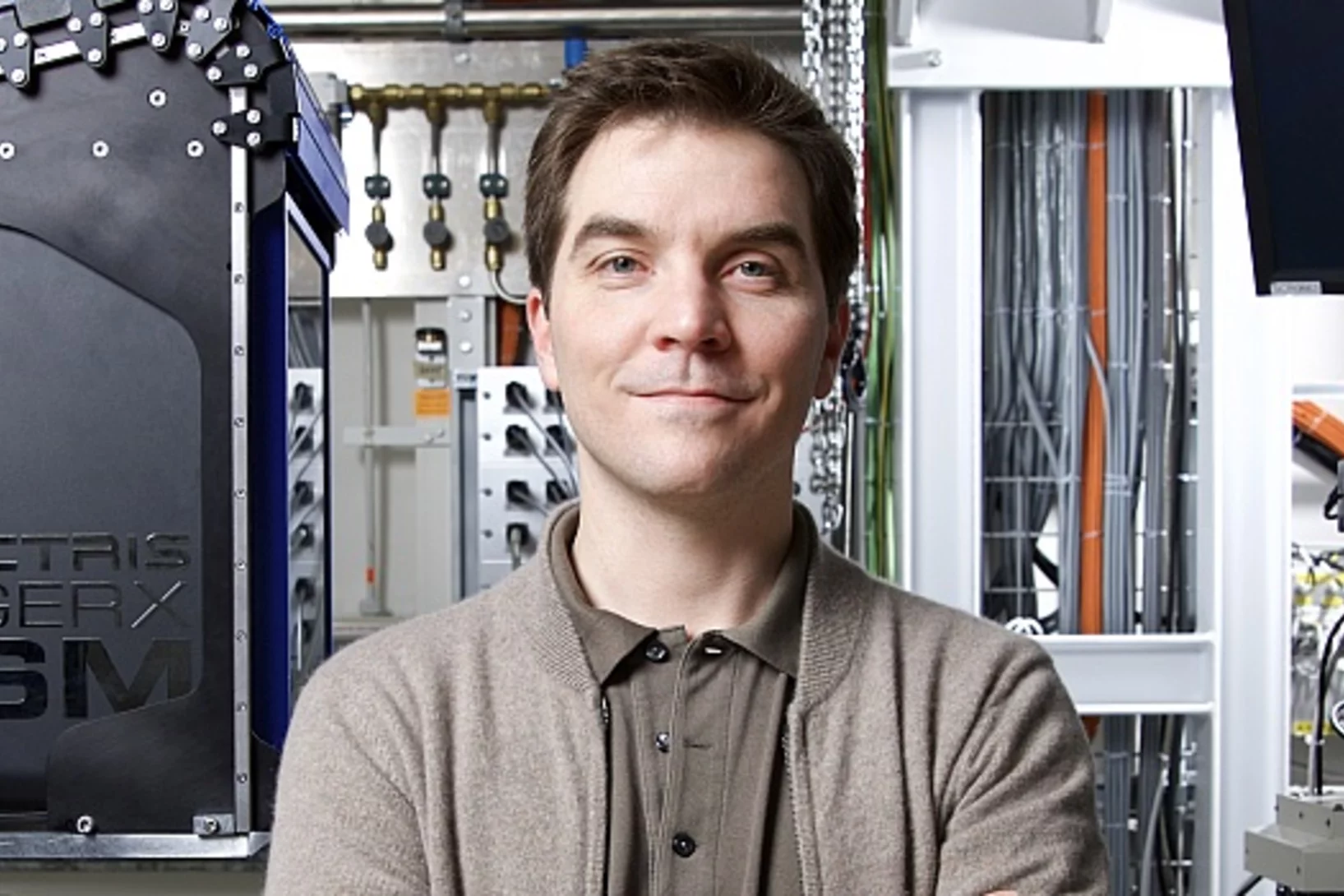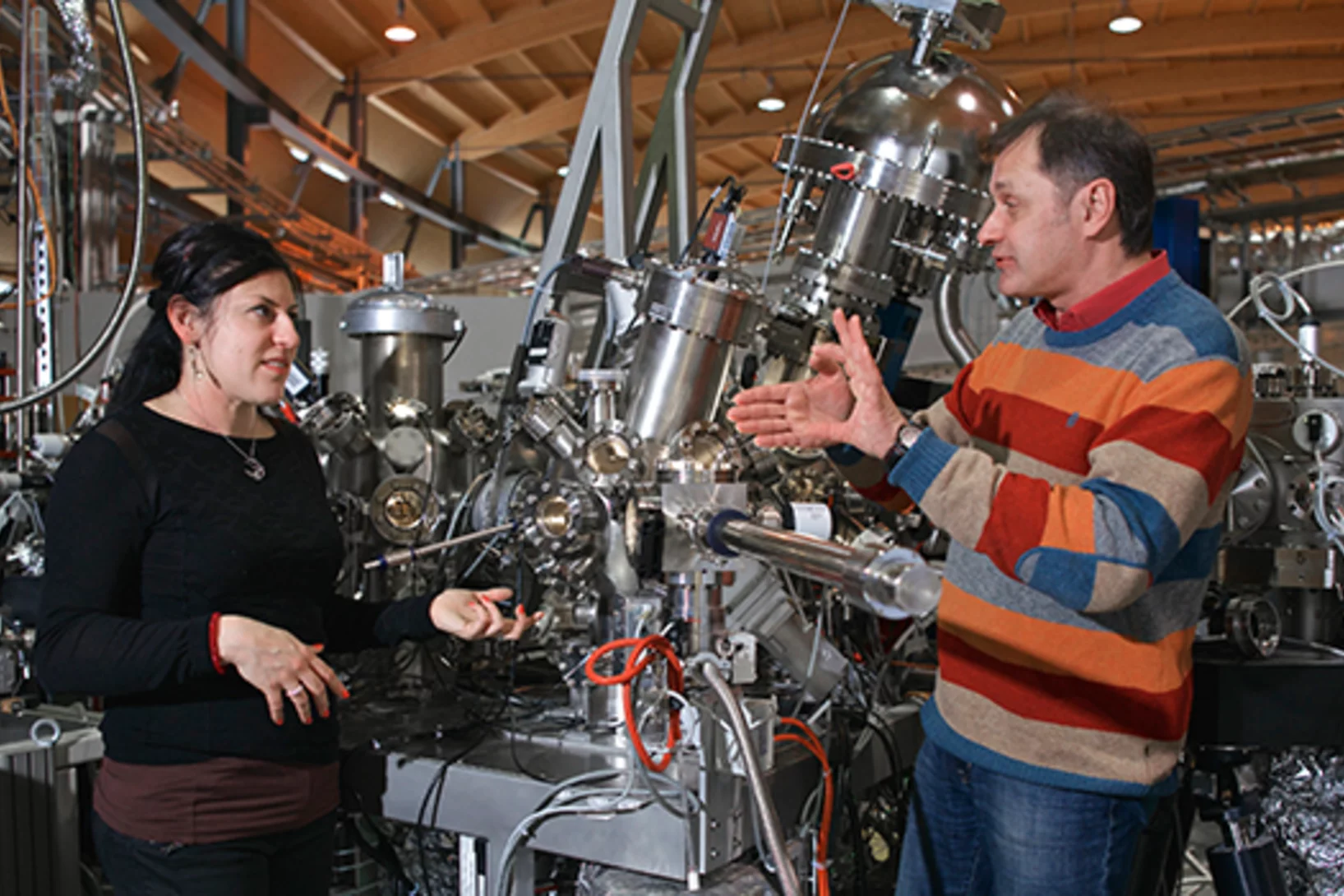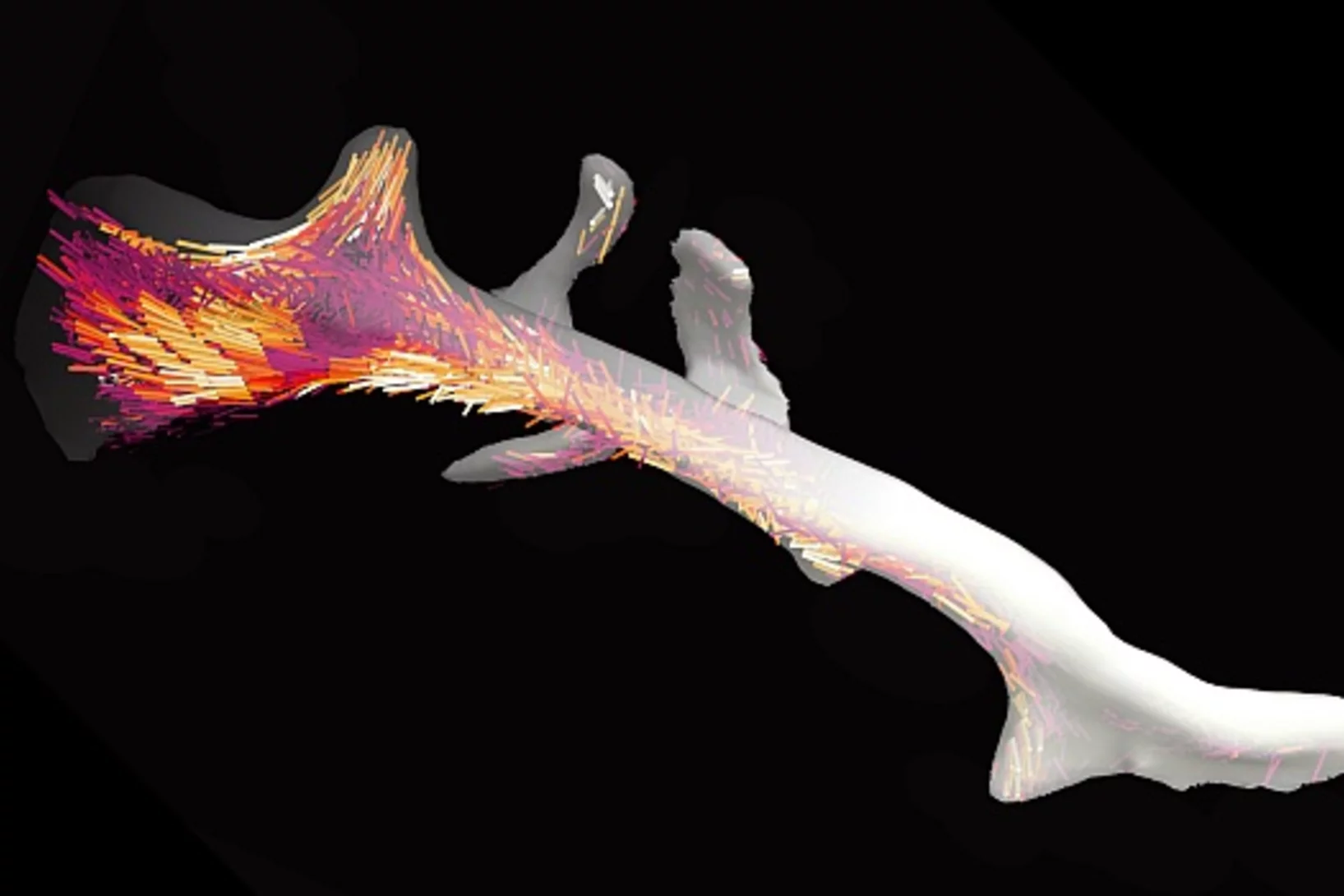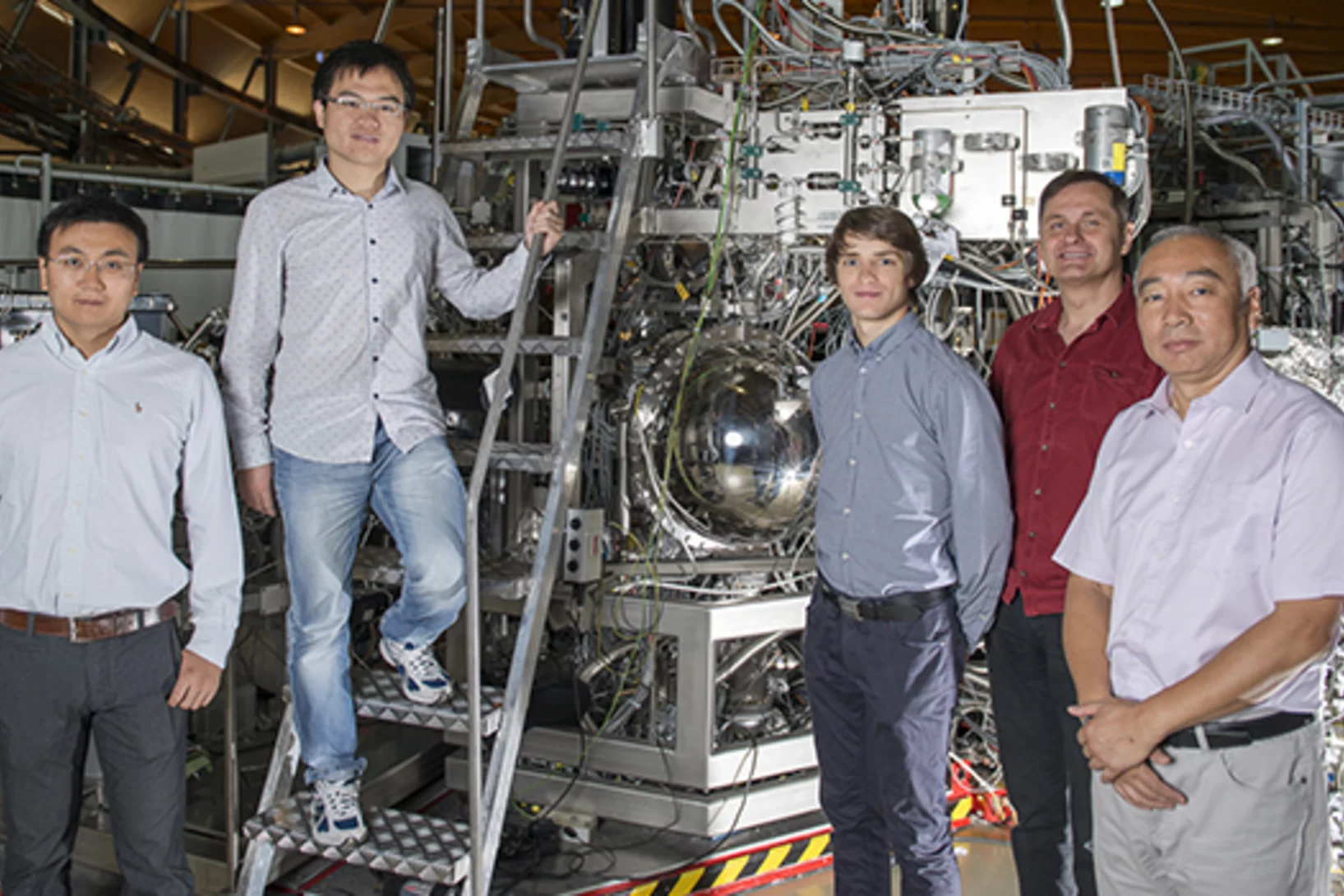SLS
Nanotechnology enables new insights into chemical reactions
Eighty percent of all products of the chemical industry are manufactured with catalytic processes. Catalysis is also indispensable in energy conversion and treatment of exhaust gases. Industry is always testing new substances and arrangements that could lead to new and better catalytic processes. Researchers of the Paul Scherrer Institute PSI in Villigen and ETH Zurich have now developed a method for improving the precision of such experiments, which may speed up the search for optimal solutions.
Under the chemical microscope
Interview with Daniel GrolimundAt the Swiss Light Source SLS, researcher Daniel Grolimund is responsible for a beamline where the arrangement of chemical bonds in different objects can be determined. These capabilities prove valuable to researchers in the most diverse disciplines: to battery researchers as well as biologists, archeologists, and many more. In this interview Grolimund talks about the variety of topics and the challenges that come with this diversity.
Selectively conductive or insulating
The material neodymium nickel oxide is either a metal or an insulator, depending on its temperature. The possibility to control this transition electrically makes the material a potential candidate for transistors in modern electronic devices. By means of a sophisticated development of X-ray scattering, researchers at the Paul Scherrer Institute PSI have now been able to track down the cause of this transition: electrons around the oxygen atoms are rearranging.
High-performance catalytic converters for natural-gas vehicles
Natural-gas vehicles are on the way, and they need catalytic converters for the exhaust too. While work is under way at Empa, the Swiss Federal Laboratories for Materials Testing and Research, to optimise natural-gas engines and catalytic converters, the PSI is specialising in research methods that enable very precise observation of catalytic converters. For this work, the PSI researchers have now developed a universal measurement chamber in which catalytic converters can be studied with a variety of different analytical methods, yet always under the same conditions.
Experiment in a hovering droplet
At the PSI, the exact structure of proteins is deciphered in the standard way, with X-rays. Now two PSI researchers have used a clever trick to advance this method further: Instead of pinning down the proteins, they are studying them within a levitating drop of liquid.
New particle could form the basis of energy-saving electronics
The Weyl fermion, just discovered in the past year, moves through materials practically without resistance. Now researchers are showing how it could be put to use in electronic components.
From the Higgs boson to new drugs
A picture-perfect example of how basic research makes concrete contributions to the economy is the company DECTRIS — a PSI spin-off founded in 2006 and already highly successful. The latest development from DECTRIS is a detector called EIGER, which is used for X-ray measurements at large research facilities. There EIGER contributes, among other things, to the search for new drugs.
Slowed down current could point the way to energy-saving computers
Computers and other electronic devices account for a substantial portion of worldwide energy use. With today’s technologies, it is not possible to reduce this energy consumption significantly any further; chips in the energy-saving electronics of the future will hence have to be made from novel materials. Researchers at the Paul Scherrer Institute PSI have now found important clues in the search for such materials.
3D nanostructure of a bone made visible
Bones are made up of tiny fibres that are roughly a thousand times finer than a human hair. Researchers at the Paul Scherrer Institute PSI have developed a new computer-based algorithm with which they were able to visualize the localised order and alignment of these nanostructures inside an entire piece of bone for the first time.
Electron’s cousin discovered after eighty-six-year search
In a series of experiments at the Swiss Light Source SLS, physicists from the Paul Scherrer Institute PSI have discovered a particle, the existence of which was predicted eighty-six years ago. It is a member of the particle family that also includes the electron, the carrier of electrical currents. The particle now discovered is massless and can exist only within a special class of materials known as Weyl semi-metals.


